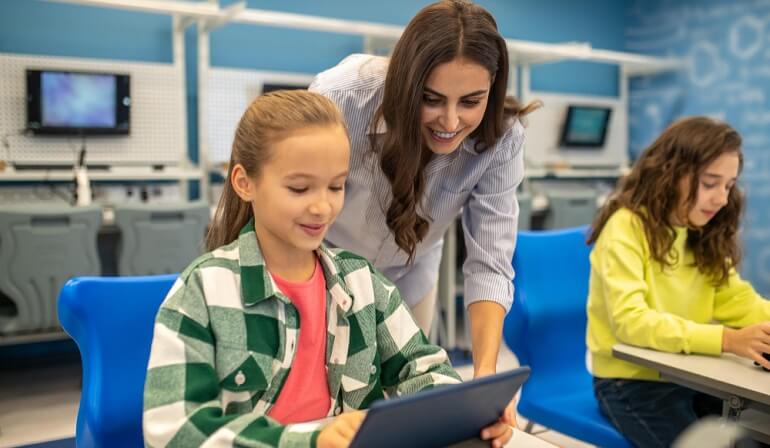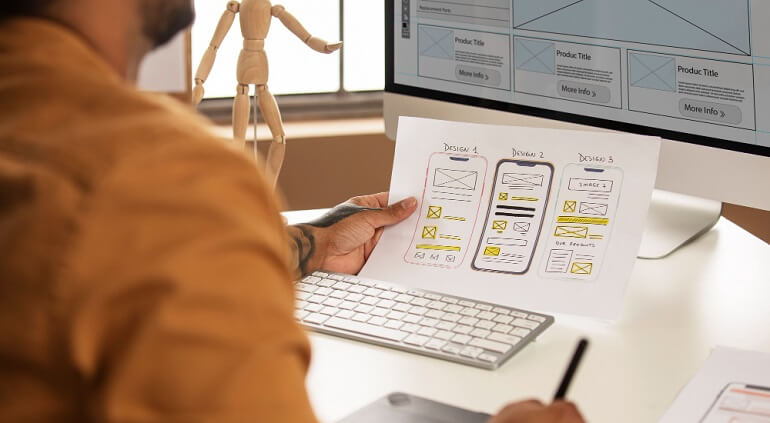Students in a classroom environment progress through the subject at different rates. Even if they are generally intelligent, late bloomers run the risk of slipping behind their contemporaries. We could “level the playing field” and increase our learning potential if we all made effective use of today’s technology tools for education. Our approaches can be modified by technology to better suit our unique strengths and weaknesses. Today, we examine the potential positive effects of technology development on students, teachers, and the learning environment.
Study materials are readily available
The development of the internet and other electronic communication tools has made it simpler for students to access a multitude of previously inaccessible information. Once upon a time, it could be challenging to find the necessary literature. Only the wealthy could afford them due to their high cost.
These days, learning resources including books, podcasts, blogs, and videos may all be found online. You only need to use your search engine to find anything you require. You can enhance your education by using online degree programmes and platforms. For instance, a lot of colleges and institutions have created simple-to-use websites where they have posted all of their course materials. You can get inspiration for your own assignments from the subject essays that other students at the University of Sheffield have contributed. Students can collaborate easily online on projects with one another using this technology.
Although many students still prefer paper textbooks, eBooks are now feasible thanks to developments in educational technology. Contrary to popular belief, eBooks are more than just electronic versions of physical books. For instance, a book in PDF format might contain more materials and be simpler to annotate.
It’s an excellent tool for involving parents
Aside from what they were taught at home or during parent-teacher conferences, parents knew very little about their children’s school lives when technology was not widely employed in the classroom. The ability to access information and participate in their children’s education has been facilitated by technology. Parental participation raises children’s motivation to learn and enhances academic achievements.
Modern technology has made it much simpler to connect families and schools. Parents can view their children’s academic achievement, attendance history, and even classroom reports through the real-time updating system used by many schools.
Digital tools may also be of great use to parents who struggle to assist their children with their schoolwork. For instance, parents might research the subject beforehand using search engines, or they can just play informative YouTube videos for their children.
Additionally, many teachers have their own websites that are stocked with helpful resources. These are easily accessible for parents to use when helping their kids with their schoolwork.
The function of instructors has been altered by technology
The roles of both teachers and students are beginning to change as a result of technology advancements. In a conventional classroom, the teacher is the primary source of knowledge, while the students merely take it in.
Long in use, teacher-centered education is still often practised in many classrooms today. The alternative is student-centered education, in which the teacher only provides guidance while the students independently solve problems and finish assignments. The students use technology to find information that is relevant to their studies and assume increasing responsibility for their own learning.
Higher education institutions are starting to reevaluate the traditional classroom to suit this new educational paradigm, which places an emphasis on collaborative learning and the use of technology to enable deeper student participation.
Children with special needs receive better support
In the past, traditional classrooms were the be-all and end-all of education. They all received the same education, regardless of whether they had special needs or were exceptionally bright. Others had requirements that weren’t being met, while some kids fared pretty well in this environment.
Advances in technology have made it easier for schools to meet the needs of their varied student body. Students who are blind, deaf, hard of hearing, or visually impaired, or who are unable to leave their homes for any other reason, can now receive a top-notch education. Students that experience cognitive, emotional, or developmental challenges may benefit from technological advancement. Technology improves education because it makes it easier for us to communicate with pupils of different skill levels.
Technology might lower total costs
Although expensive, the advantages that PCs, tablets, and smartphones offer make them well worth the cost. Additionally, these devices can last you through your whole four-year educational system, but a textbook only lasts you for one semester or year. This makes them well worth the money.
Today’s educators have access to a wealth of free resources, so schools might be able to forego purchasing more supplies. Teachers may save time and money by giving their students interactive, immersive, and engaging virtual classes using free, accessible, and immersive virtual reality software.
It is impossible to overestimate how technology will affect education in the future. People would not have believed you if you had told them twenty years ago that students would be able to attend classes from the comfort of their homes. Now all we have to do is use the tools at our disposal as effectively as we can.



